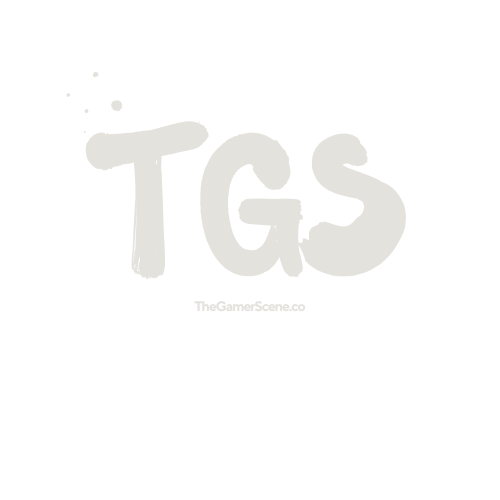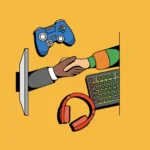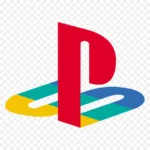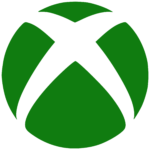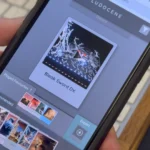Now Reading: Nintendo Unveils Switch Successor Plans with Enhanced Hardware and Backward Compatibility
-
01
Nintendo Unveils Switch Successor Plans with Enhanced Hardware and Backward Compatibility
Nintendo Unveils Switch Successor Plans with Enhanced Hardware and Backward Compatibility
After months of speculation, Nintendo has confirmed plans for its highly anticipated successor to the Nintendo Switch. The announcement, made during an investor earnings call early Thursday, provides the first official details about the console, which is expected to arrive in 2025. While the company remains tight-lipped about the final product name, Nintendo has emphasized a focus on backward compatibility, improved performance, and a seamless transition for current Switch users.
“The goal is to ensure players’ existing libraries and accessories retain their value as they move to the next generation,” said Nintendo President Shuntaro Furukawa, highlighting Nintendo’s pivot to a more unified ecosystem — a strategic departure from previous generational leaps. This signals a major shift for Nintendo, known historically for launching new systems without backward compatibility, often leaving software and hardware behind.
While no images or footage of the new device were released, insiders describe the Switch successor as featuring a more powerful custom NVIDIA chip, offering higher resolutions and faster load times. Rumors suggest it will continue the hybrid console model — functioning both as a portable device and a home console — a core selling point that helped the original Switch sell over 130 million units worldwide since its 2017 debut.
Game developers are already reported to have development kits in hand, fueling speculation about what Nintendo franchises will headline the system’s launch. Fans are hopeful for new entries in the Zelda and Mario series, as well as first-party surprises. Further details are expected at a dedicated Nintendo Direct later this year.
Despite increased competition from the PlayStation 5 and Xbox Series X|S, Nintendo’s unique hardware philosophy and strong first-party IPs have kept it competitive. With this next-gen console, Nintendo appears focused on preserving its massive Switch user base while pushing technological boundaries — a delicate balance that, if managed well, could set the tone for the gaming landscape in the latter half of the decade.
As the gaming world turns its eyes to Nintendo’s next move, the coming months promise to be full of excitement, speculation, and, perhaps, a glimpse into the future of hybrid gaming.

